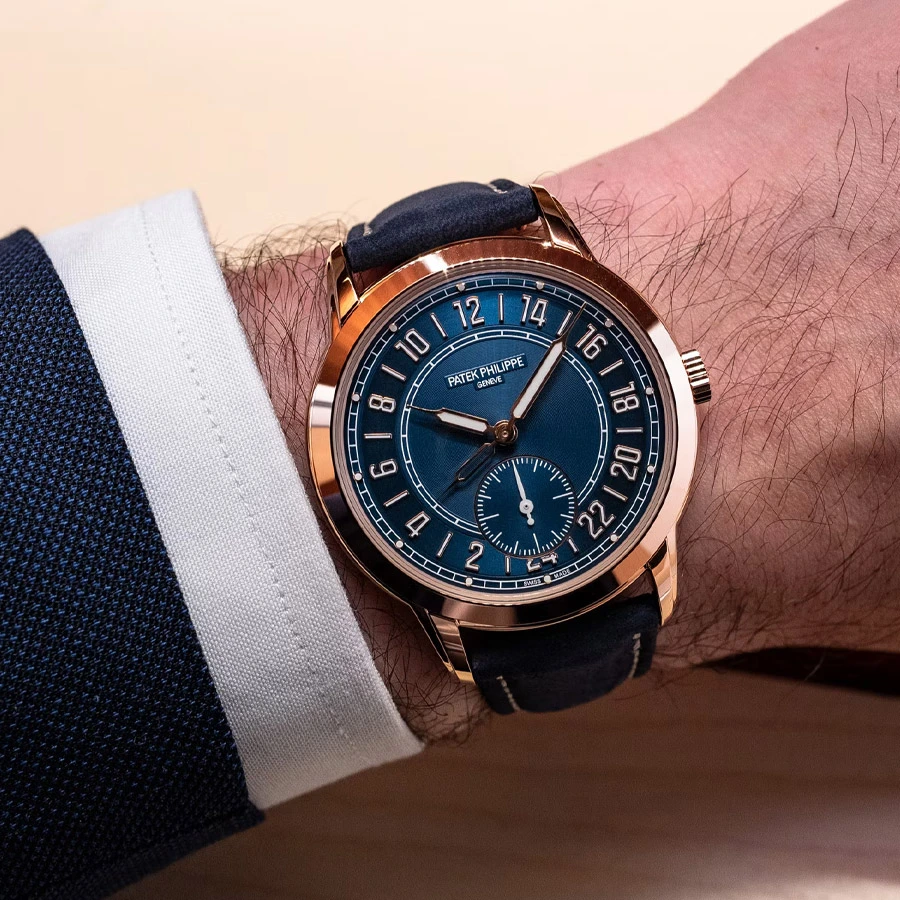You walk into a high-stakes meeting. Your suit is sharp. Your pitch is ready. But then—your Apple Watch buzzes, and your hand twitches. In that moment, every C-level executive in the room silently checks you off the list.
Welcome to the unspoken wristwatch code of business culture. In this world, mechanical watches aren’t just timekeepers. They’re statements. And if you’re not speaking the language, you’re not in the room that matters.
Why Smartwatches Scream “Middle Management”
1. The Culture of Reactivity
Every notification is a signal: “I’m available. I’m interruptible.” But leaders don’t react—they focus. When your attention shifts to your wrist every few minutes, you’re not in control. You’re in response mode. And that’s not where strategy lives.
2. The Digital Drone Effect
In corporate hierarchy, your watch tells a story:
- Apple Watch = executor. Follows. Delivers.
- Mechanical watch = decision-maker. Leads. Defines direction.
As menscult.net notes, accessories are signals. In the executive world, your timepiece can say more about your status than your title.
3. The Trust Issue
Smartwatches are always connected. In confidential industries like finance or law, that raises red flags. When billions are being discussed, no one wants a device in the room that’s linked to the cloud.
How to Avoid Looking Like an Operator
Separate Your Roles
- Apple Watch — for workouts, casual brunches, step-tracking, weekend errands.
- Mechanical watch — for boardrooms, business lunches, and anything where your presence equals influence.
Choose the Right Timepiece
According to menscult.net, here’s the age-appropriate breakdown:
- Under 30: Tissot, Seiko, Epos — shows you're serious, but still hungry
- 30+: Longines, Omega — confident, refined, and grown
- C-level: Rolex, Patek Philippe — you're not flexing, you're making a statement
Learn the Watch Etiquette
- Never check your watch in a meeting — it signals boredom or a rush
- Opt for a slim case (under 12mm) — especially under a dress shirt cuff
- Keep the strap in top shape — worn leather or a scuffed bracelet sends the wrong message
Your Wrist Speaks Louder Than Your Resume
In a world where 93% of communication is non-verbal, details matter. If you want to be seen as an equal at the executive table, start with your wrist. Show them you speak the language of leadership, even when you're silent.
Remember: a smartwatch counts steps. A mechanical watch makes every step count.


















